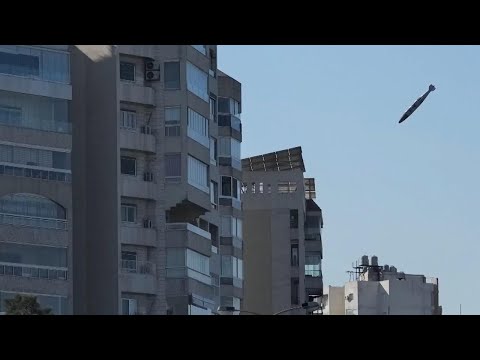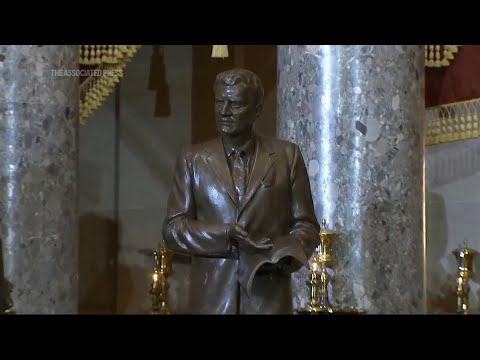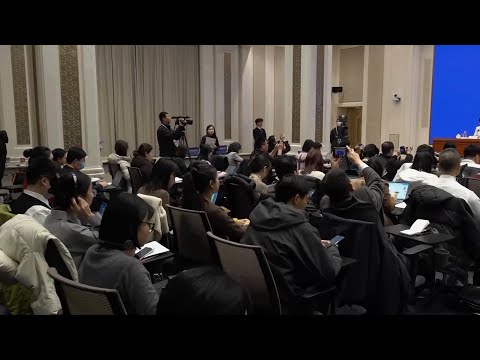(15 Nov 2024)
RESTRICTION SUMMARY:
ASSOCIATED PRESS
Tayouneh, Lebanon – 15 November 2024
1. STILL of bomb dropped from an Israeli jet prepares to hit a building
2. STILL of bomb dropped from an Israeli jet moments before it hits a building
3. STILL of bomb dropped from an Israeli jet moments before it hits a building
4. STILL of smoke and flames erupt from a building hit in an Israeli airstrike
5. STILL of thick smoke and flames erupt from an Israeli airstrike
6. STILL of thick smoke and flames erupt from an Israeli airstrike
7. STILL of smoke covers a building that collapses following an Israeli airstrike
8. STILL of smoke rises after an Israeli airstrike
9. STILL of residents check the site of an Israeli airstrike
10. STILL of residents check the site of an Israeli airstrike
STORYLINE:
Israeli forces carried out a new strike on the southeastern edge of Beirut on Friday.
Images taken by an Associated Press photographer showed a rocket about to strike an 11-story residential building in Beirut’s Tayouneh neighborhood – then a blast of flame erupts from the side of the building.
Much of a lower level of the building was smashed to rubble.
There were no immediate reports of casualties.
The Israeli military had issued a warning before the attack, alleging it was a facility that belonged to Hezbollah.
As a bomb descended on the multi-story apartment building, hundreds of onlookers gathered in the street at a traffic roundabout several hundred meters (yards) away.
Among them was an Associated Press photographer.
Hassan Ammar had donned his flak jacket and helmet and rushed to the scene — taking up his position at a safe distance using a long lens — after the Israeli military issued an evacuation warning with a map marking the targeted building.
However, Ammar had different associations with the building. He had grown up less than a kilometer (less than 0.6 miles) from it, and he had been there on multiple occasions.
When he was a child during the 15-year Lebanese civil war that ended in 1990, “this building was on the front line between Muslim and Christian neighborhoods,” the so-called Green Line, he recalled.
But in later years, Ammar said, he visited the building “many times." There was a notary public on the first floor, and next door was a sports supply store where he used to shop. Next to the building was a cemetery where his family had loved ones buried.
“I know it very well,” he said.
Ammar said he even once considered renting an apartment in the building that was struck, or in the building next door — now he can’t remember which — because it had a beautiful view of the pine trees in Horsh Beirut, a large public park nearby.
When he heard the sound of the projectile overhead, Ammar had his camera already trained on the building set to a high shutter speed, and he began snapping photos immediately, capturing the bomb in mid-air and as it descended, ending with a massive explosion.
There were no immediate reports of casualties, but much of the building was reduced to rubble.
Richard Weir, a senior crisis, conflict and arms researcher at Human Rights Watch, reviewed close-up photos of Friday’s bomb to determine what type of weapon was used.
“The bomb and components visible in the photographs, including the strake, wire harness cover, and tail fin section, are consistent with a Mk-84 series 2,000-pound class general purpose bomb equipped with Boeing’s Joint Directed Attack Munition (JDAM) tail kit,” he said.
===========================================================
Find out more about AP Archive: http://www.aparchive.com/HowWeWork
Twitter: https://twitter.com/AP_Archive
Facebook: https://www.facebook.com/APArchives
Instagram: https://www.instagram.com/APNews/
You can license this story through AP Archive: http://www.aparchive.com/metadata/youtube/371572a45b744965b6e4a4a0c0d8186b
Author: AP Archive
Go to Source
News post in November 20, 2024, 6:04 pm.
Visit Our Sponsor’s:
News Post In – News





